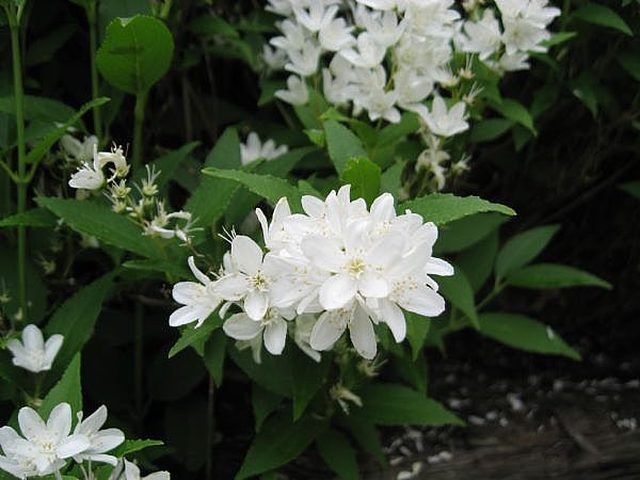Bulbs
Flower Basics
Flower Beds & Specialty Gardens
Flower Garden
Garden Furniture
Garden Gnomes
Garden Seeds
Garden Sheds
Garden Statues
Garden Tools & Supplies
Gardening Basics
Green & Organic
Groundcovers & Vines
Growing Annuals
Growing Basil
Growing Beans
Growing Berries
Growing Blueberries
Growing Cactus
Growing Corn
Growing Cotton
Growing Edibles
Growing Flowers
Growing Garlic
Growing Grapes
Growing Grass
Growing Herbs
Growing Jasmine
Growing Mint
Growing Mushrooms
Orchids
Growing Peanuts
Growing Perennials
Growing Plants
Growing Rosemary
Growing Roses
Growing Strawberries
Growing Sunflowers
Growing Thyme
Growing Tomatoes
Growing Tulips
Growing Vegetables
Herb Basics
Herb Garden
Indoor Growing
Landscaping Basics
Landscaping Patios
Landscaping Plants
Landscaping Shrubs
Landscaping Trees
Landscaping Walks & Pathways
Lawn Basics
Lawn Maintenance
Lawn Mowers
Lawn Ornaments
Lawn Planting
Lawn Tools
Outdoor Growing
Overall Landscape Planning
Pests, Weeds & Problems
Plant Basics
Rock Garden
Rose Garden
Shrubs
Soil
Specialty Gardens
Trees
Vegetable Garden
Yard Maintenance
How to Brighten Up a Wooded Area with Plants
How to Brighten Up a Wooded Area with Plants. In a wooded area, all that shade can make it a bit gloomy. There are plantings that will brighten the edge of a woodsy area or any section of your yard that has lots of trees. Here's how to add a light look.
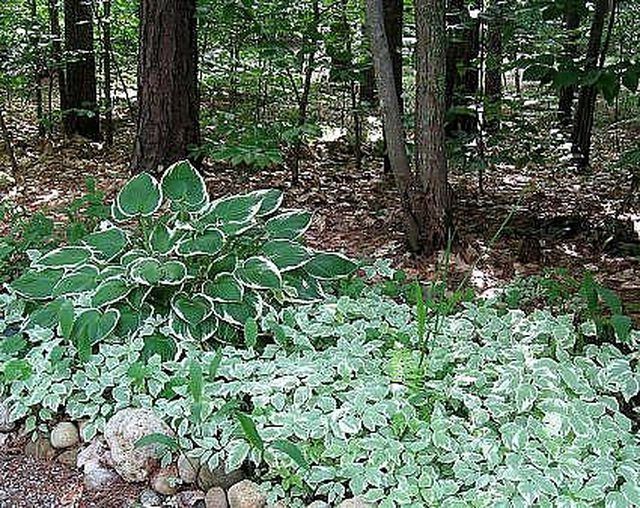
In a wooded area, all that shade can make it a bit gloomy. There are plantings that will brighten the edge of a woodsy area or any section of your yard that has lots of trees. Here's how to add a light look.
Things You'll Need
varigated perennials
varigated groundcovers
colorful annuals (optional)
azaleas and rhododendrons (optional)
If the area is real, honest-to-goodness woods, then tackle just the edge adjacent to your lawn. Rake back the top layer of heavy leaves and push those further into the woods.
Despite the layers of leaf mold, the soil is probably deficient for good plantings. Mix some topsoil into the spots where you plan to plant. Add compost and dry cow manure if you have it.
Plant some good-sized plants that tolerate shade and have some color to their leaves. Varigated hosta is perfect for this situation. (varigated just means multi-colored like white and green together)
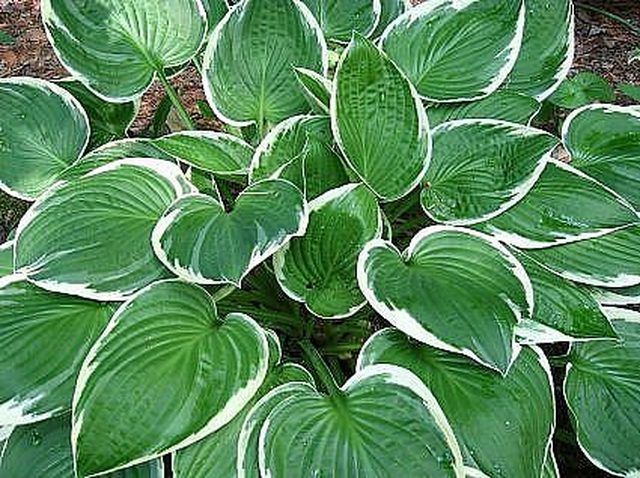
Fill in around your larger plants with some ground cover. They need to be shade lovers and hopefully have varigated leaves. There's varigated ivy and varigated ajuga. You can also use the purple leaved ajuga though it won't have the brightening effect of the white and green leaves.
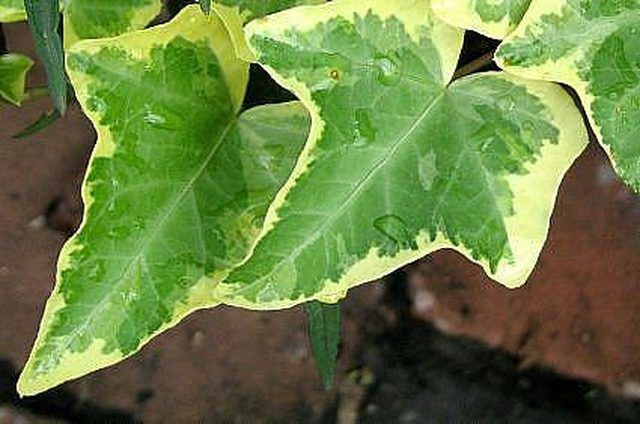
At first you'll need to water the new plants until they get properly rooted. Sometimes the tree canopy is so thick that light rains don't benefit the plants under the trees. Check now and then to see if they need watering.
Allow the plants time to fill out and creep around. You can take more cuttings from the ground covers and help it spread and cover more area.
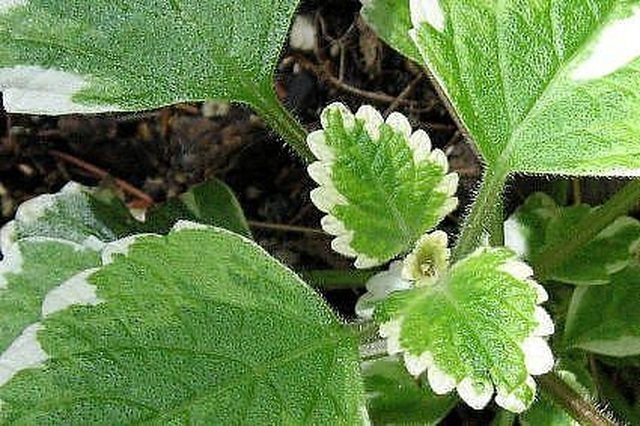
Each spring you'll need to gently remove the leaves that cover your shade garden. I do this by hand, as a rake will tear up the plants too much.
Also in the spring, plant some flowering annuals if you want more than just the green and white patterned look. Great ones for this are impatiens and begonias which handle shade well and come in bright colors like red. Actually I like to use the white impatiens to go with the varigated foliage already there.
If you have room and want something bigger and very showy, plant azaleas and the large rhododendron beyond where you have the hosta and ground cover. Again, I'm partial to white in a shady area, but these come in wonderful pinks and oranges too.
